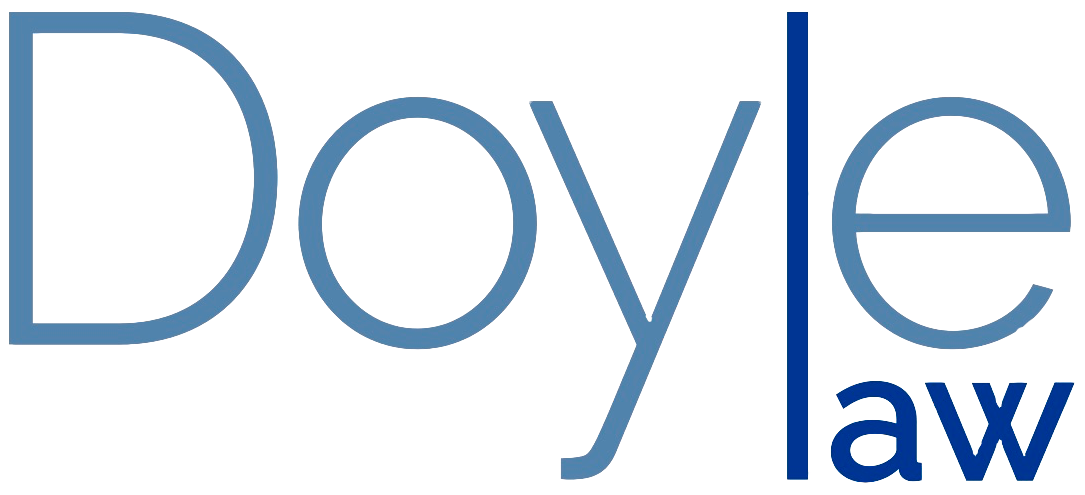People from all over the world are becoming more and more interested in working in the United States. For that, they need to obtain a U.S. work visa, which allows them to seek employment opportunities and residency in the country.
Process of Getting a U.S. Work Visa
Getting a U.S. visa involves a specific and complex process that can be broken down into three essential steps.
Sponsorship by a U.S. Employer
Almost all working visas in the United States require sponsorship by a U.S. employer. This means that applicants need to first get a job offer from a U.S. company.
There is currently no visa in the U.S. immigration system that allows an applicant to sponsor themselves — even an E-1 or E-2 treaty trader or treaty investor visa, as well as an L-1 startup visa, must be sponsored by a U.S. company.
Exceptions
While there may be exceptions to this rule, the options are very limited. One example is an E visa where an immigrant comes to the U.S. to run their own company and trade goods and services back and forth from the U.S. to a parent company in their country of residence.
Filing of the Papers
Because work visas must be sponsored by a U.S. employer, the applicant does not have a very active role in the process. It is the employer who files the paperwork on their behalf, which is usually an I-129 petition.
Meeting Visa Requirements
The employer must provide grounds for their decision to hire a foreign national instead of a U.S. worker and demonstrate that the job offer, as well as the applicant, meet the requirements of the work visa. Visa requirements would differ depending on the type of working visa applied for.
Common U.S. Working Visas
There are various classes of U.S. working visas, but the most popular ones are the H-1B, O-1, and L visas.
H-1B: Professional Specialty Occupation Visa
The H-1B Professional Specialty Occupation Visa is granted to foreign nationals who have at least a bachelor’s degree in a particular field. To obtain it, the U.S. employer must show that:
- The job offer requires that degree
- Wage requirements are met
- Regulatory requirements are met
H1-B visas are limited. Most go through a lottery, which happens every year in the month of April. If the applicant is not selected in the lottery, they will not be able to file their petition until the following year.
O-1: Extraordinary Ability
A unique working visa, the O-1 Extraordinary Ability Visa is only given out to those who have an extraordinary ability that is not commonly found in the U.S. Under this class of working visa, a W-2 employer or agent who manages all the applicant’s affairs can file the paperwork on their behalf.
L Visa: Intracompany Transferees
The L Visa is available for intracompany transferees who are currently employed in an organization with a parent or sister company in the United States. It is commonly used for reassignments where an employee will be relocated to the company’s U.S. branch for work.
